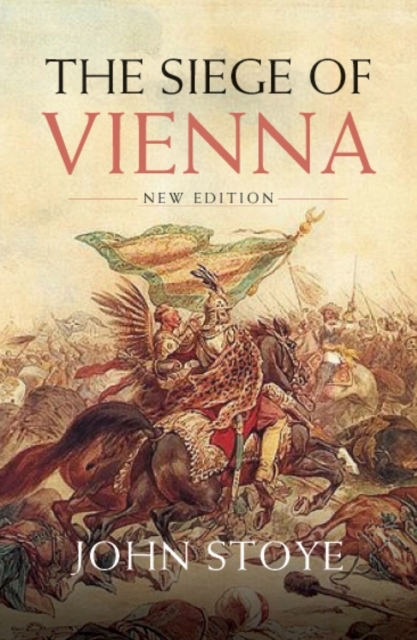

The conquered lands included Egypt, Syria, Iran, Iraq, and much of Afghanistan and Baluchistan.Īrab warriors were filled with confidence that God destined them for victory. Over a period of about 30 years, Arab warriors, riding fast horses and camels, conquered the entire Persian empire and much of the Byzantine. Then to keep the warrior Bedouins from fighting each other, subsequent caliphs launched military operations beyond Arabia. The first caliph faced the daunting task of keeping all the Bedouin tribes under his control, but a war of "reconversion" succeeded. The caliph was the political and religious leader, but was not a prophet. From Arabia to SpainĪfter Muhammad died in 632, he was succeeded by a leader called a caliph (meaning "successor"). They also set down civil and criminal laws (collectively known as the Sharia). Because Muhammad held both religious and political authority, the Koran and Sunna did not just contain religious teachings. By the time of his death, he had succeeded in unifying most of Arabia under Islam, personally leading about 20 military campaigns against pagan Arab tribes. Within seven years, he led warriors back to Mecca and conquered it. Local tribes flocked to convert to Islam. Muhammad took control of the town and unified it under Islam. Torn apart by political struggles, Medina had invited him to rule it. Warned of an attempt on his life in 622, he fled to the town of Medina. In fact, his preaching against the corrupt practices of traders earned him many enemies in a city whose wealth depended on trade. Muhammad did not attract much support in Mecca. In Arabic, Islam means "to submit" to God. This holy book and the sayings of Muhammad (called the Sunna) formed the basis of the new religion, called Islam. God's words, as related by the angel to Muhammad, were eventually written down in verses that became the Koran.


 0 kommentar(er)
0 kommentar(er)
